Barcelona terror attack follows deadly pattern of vehicular violence
The attackers used what has become a hallmark of recent terror attacks.
— -- An attacker killed at least 13 people and injured dozens more in Barcelona on Thursday using what has become a hallmark of recent terror attacks: a vehicle.
Local police say a rented van jumped the curb and plowed into pedestrians in the city’s famous Las Ramblas tourist area, and two people, one from Morocco, the other a Spanish national, are in custody in connection with the attack. Authorities say neither of them was the driver of the vehicle.
Asked if the driver remains on the loose, a Catalonia police official replied, “That is right. He is neither of the two detained.”
Barcelona terror attack in pictures
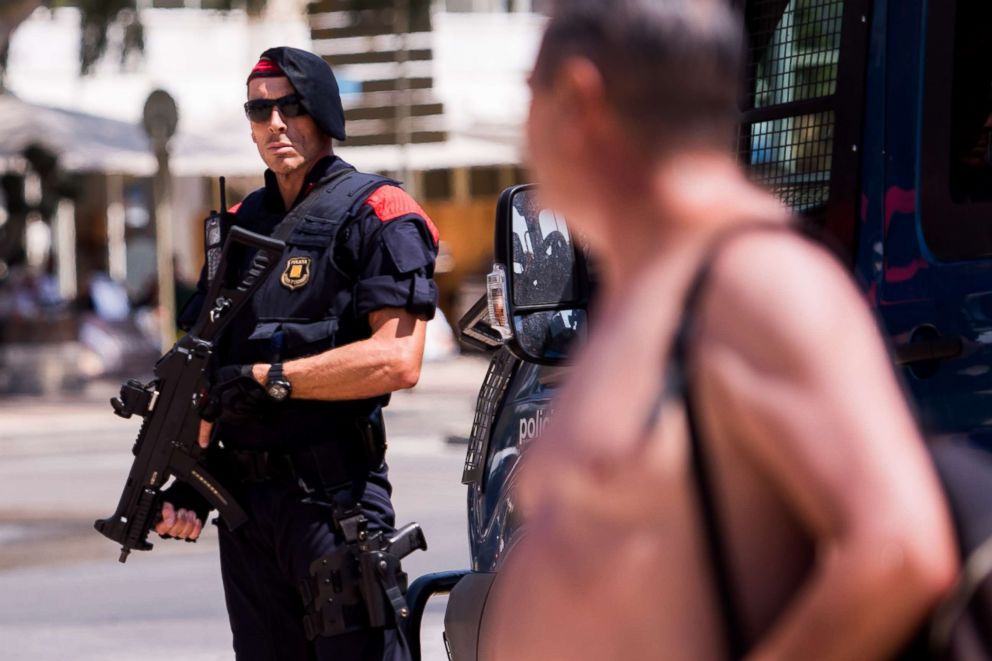
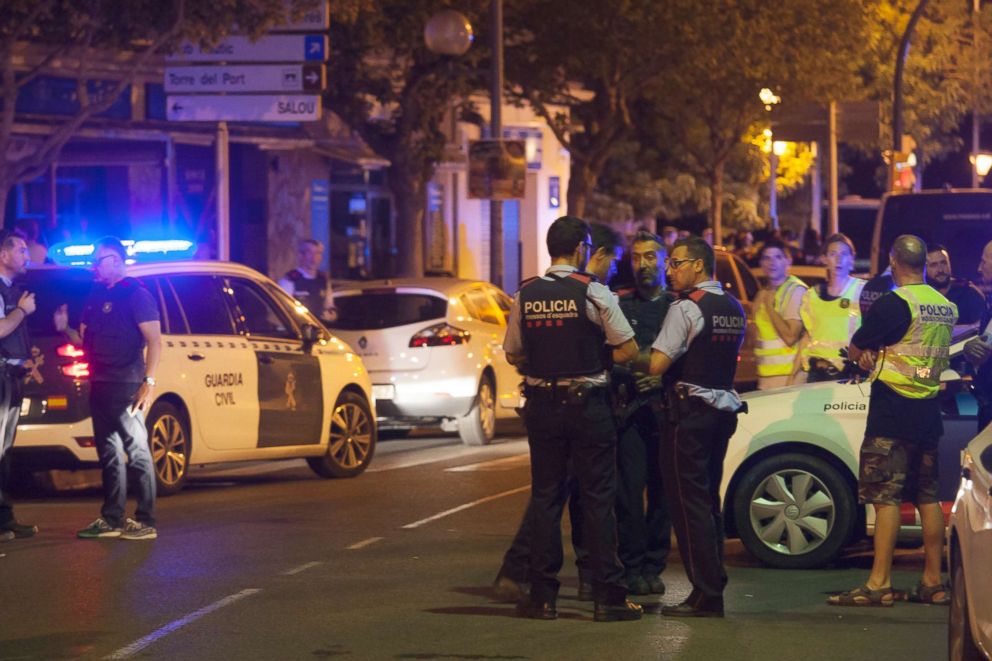
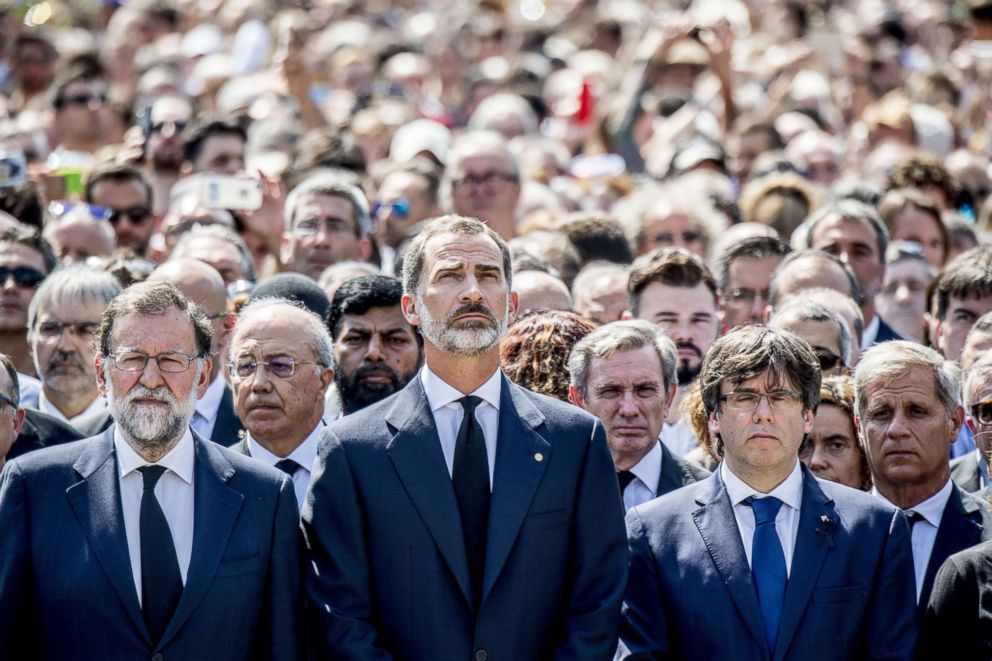
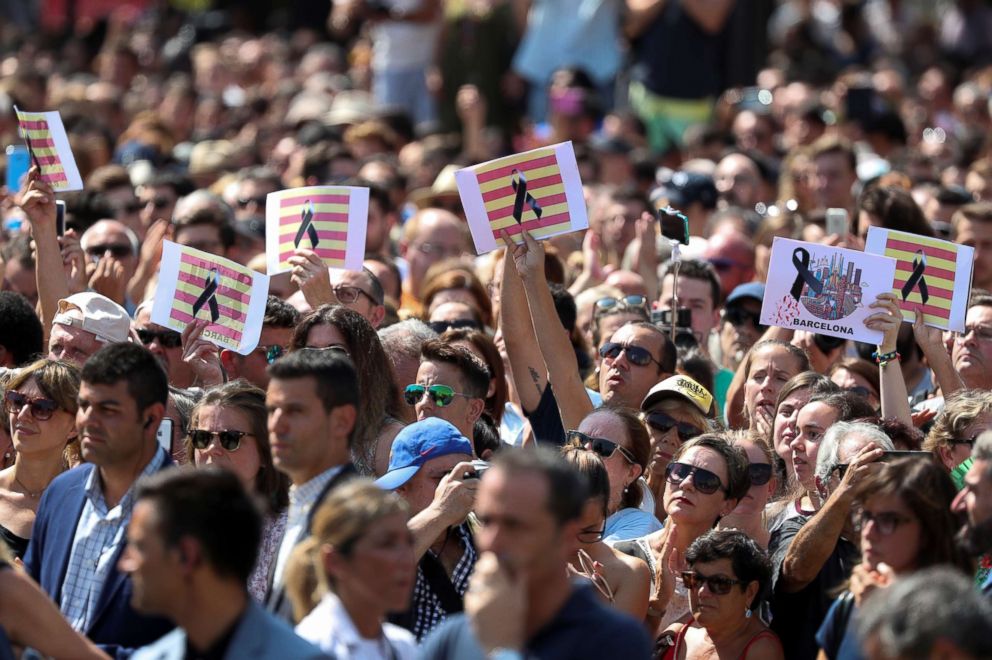
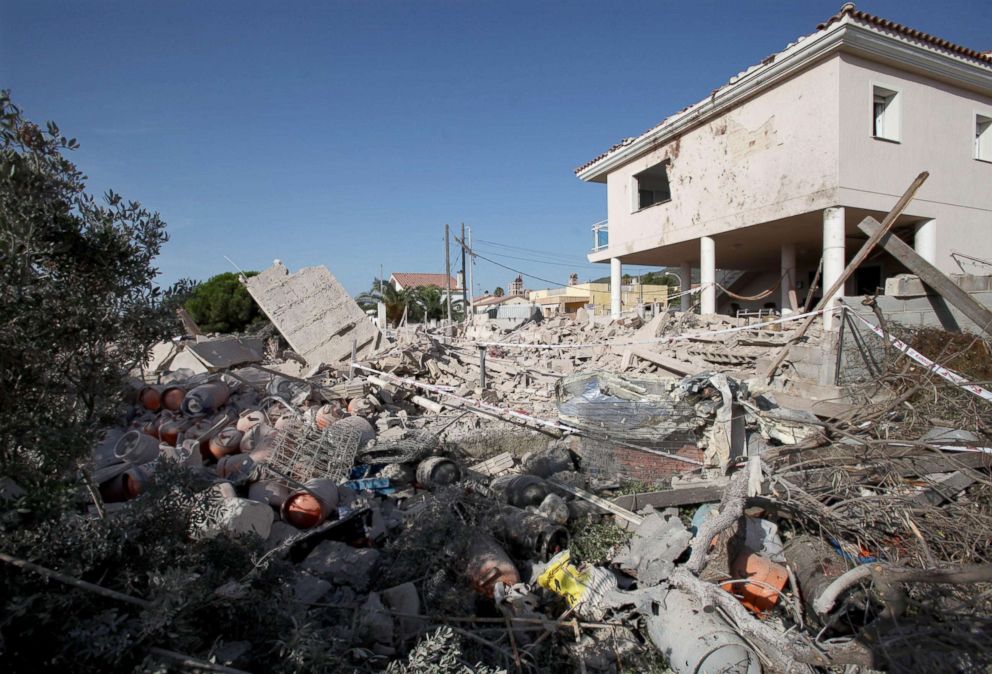


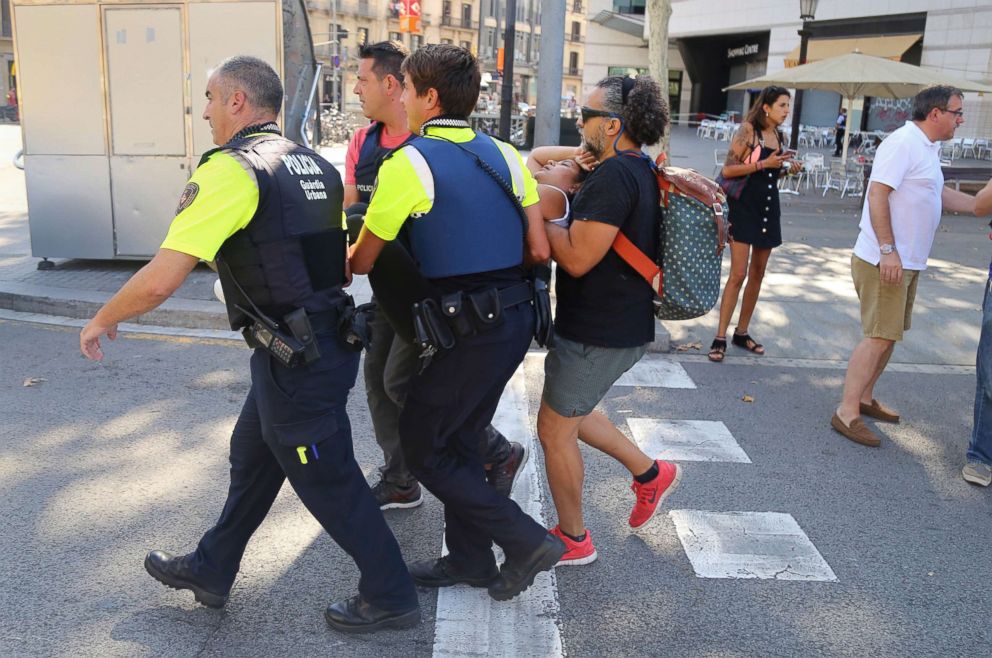

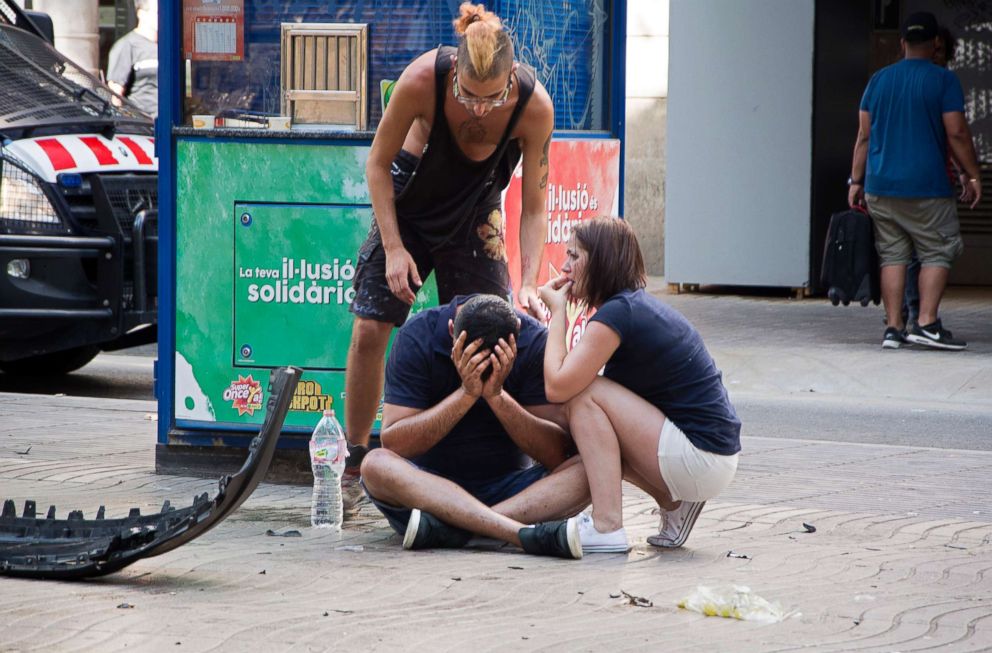
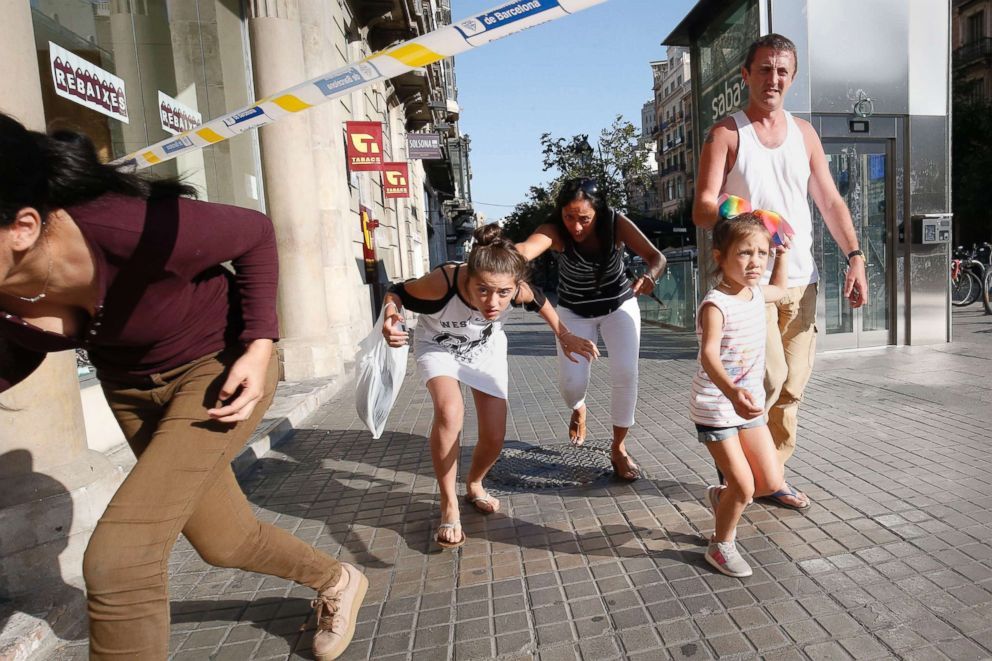
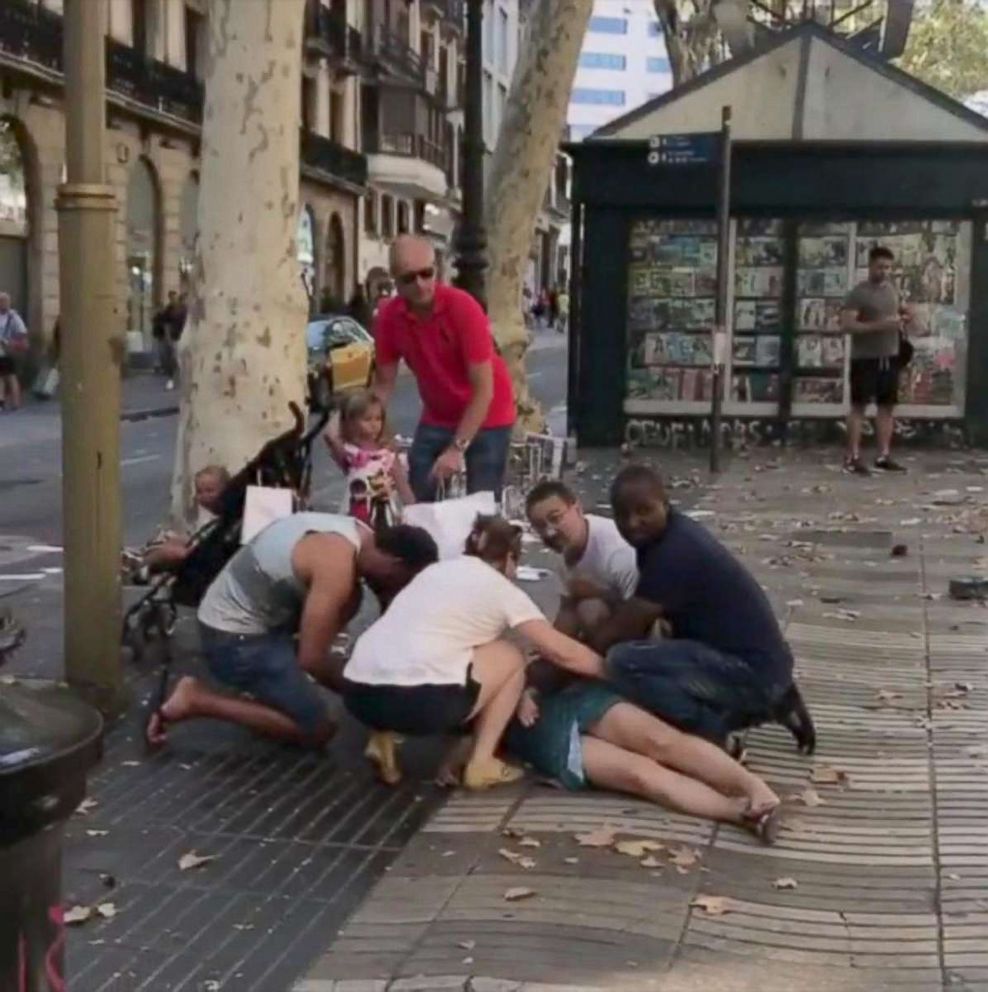
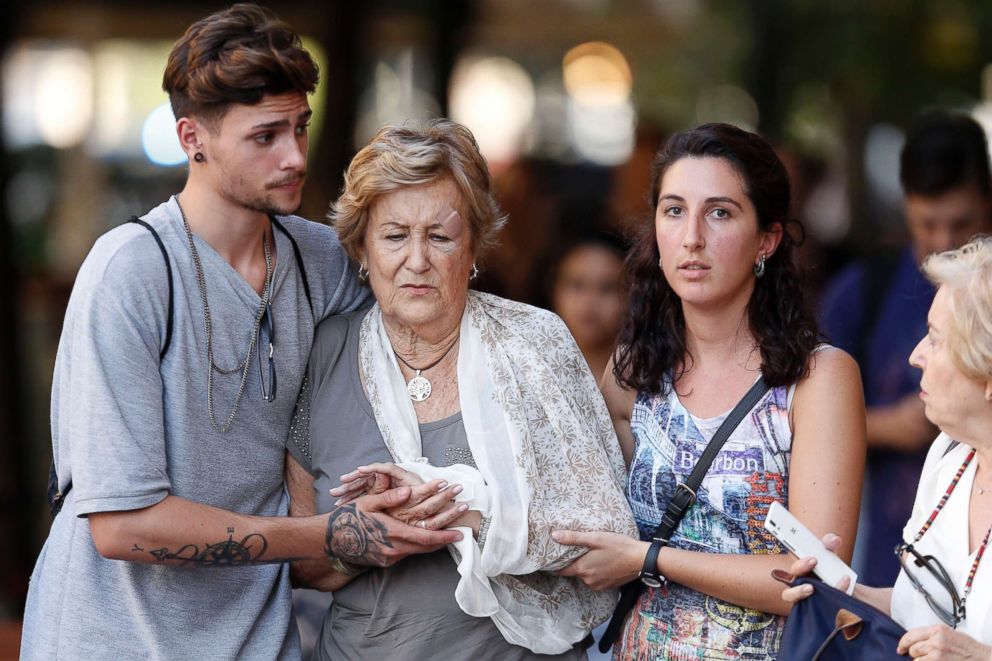
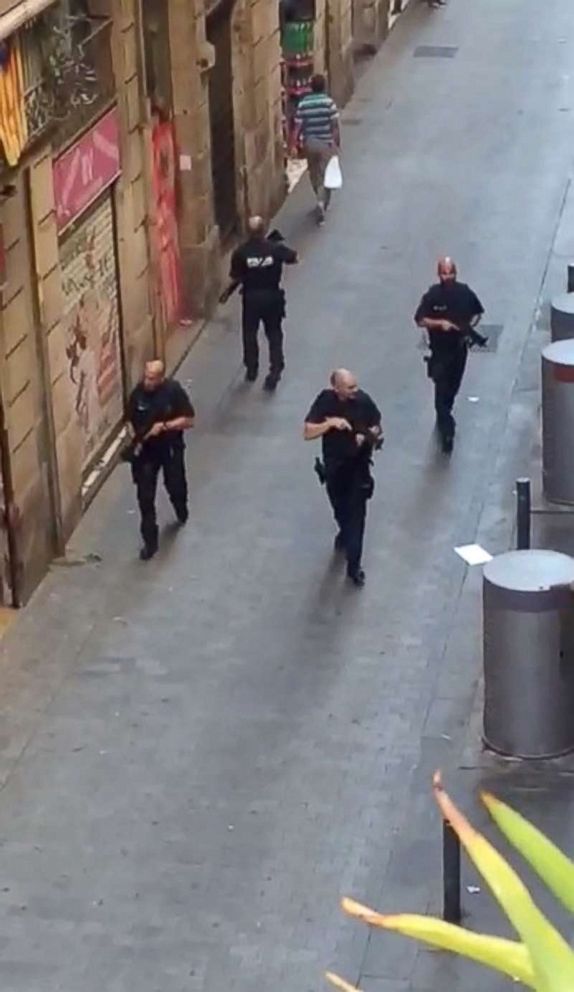
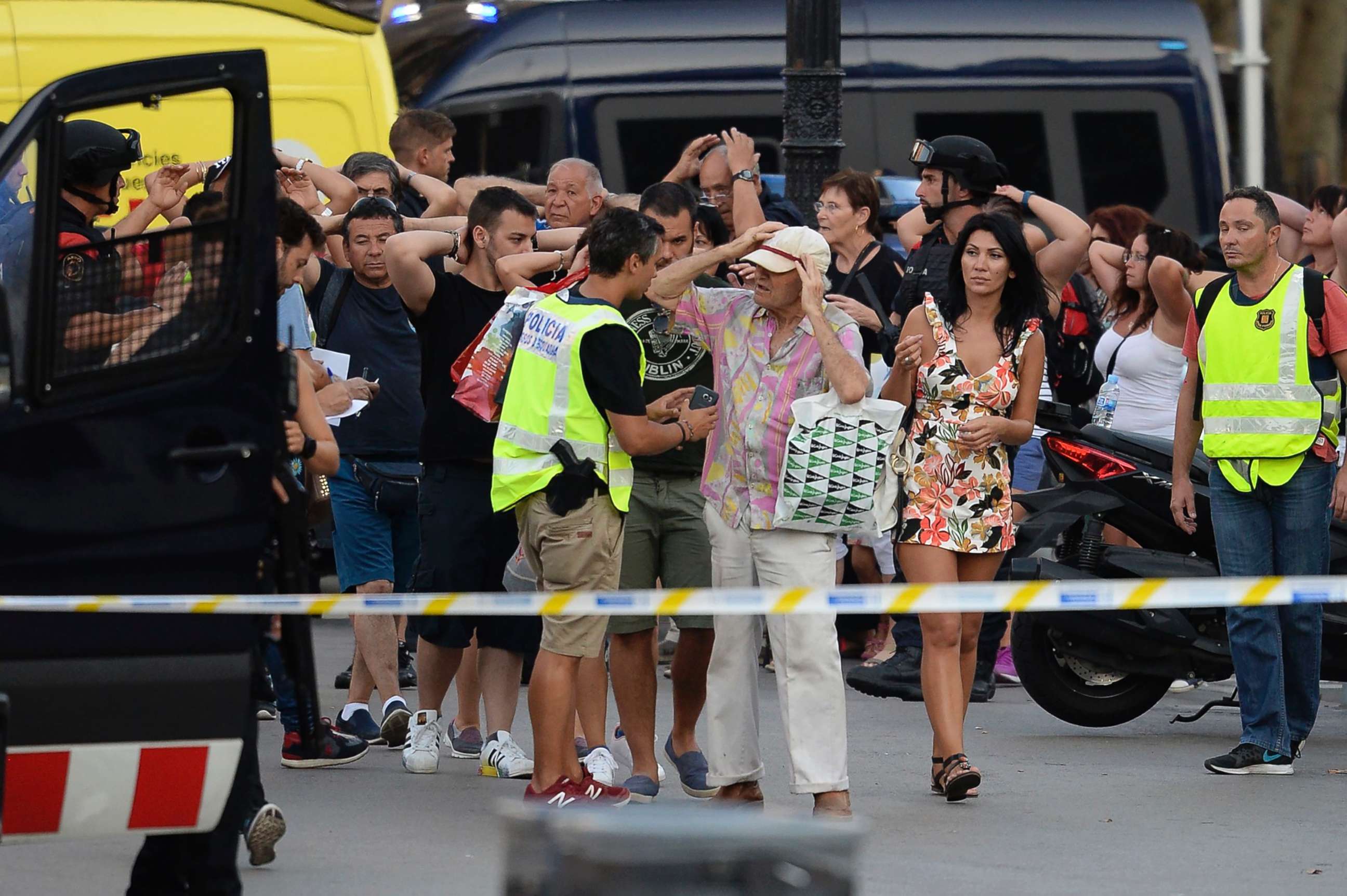
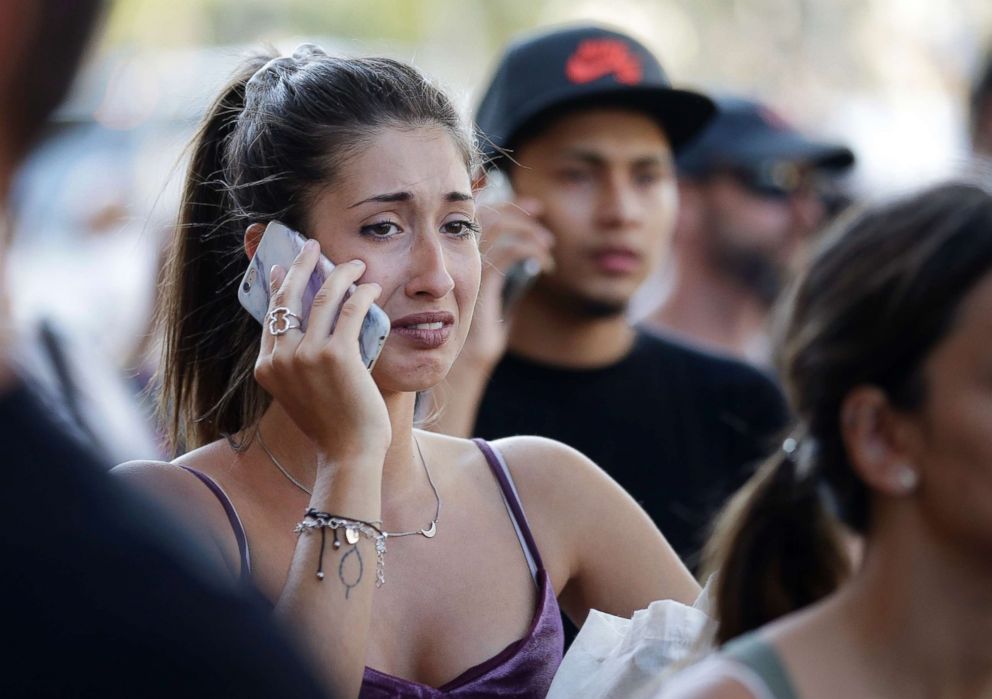
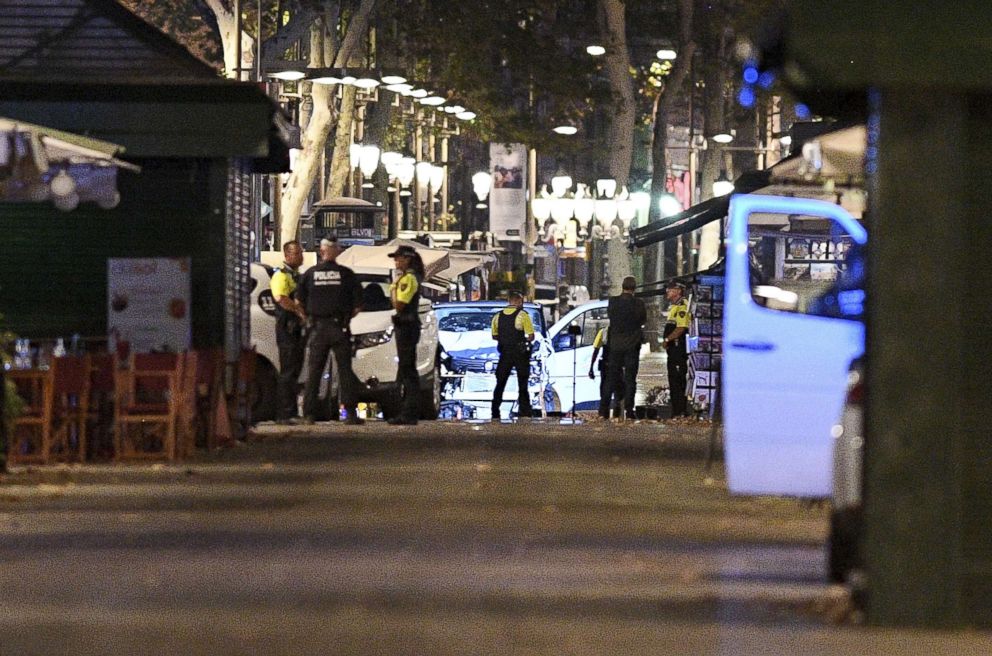
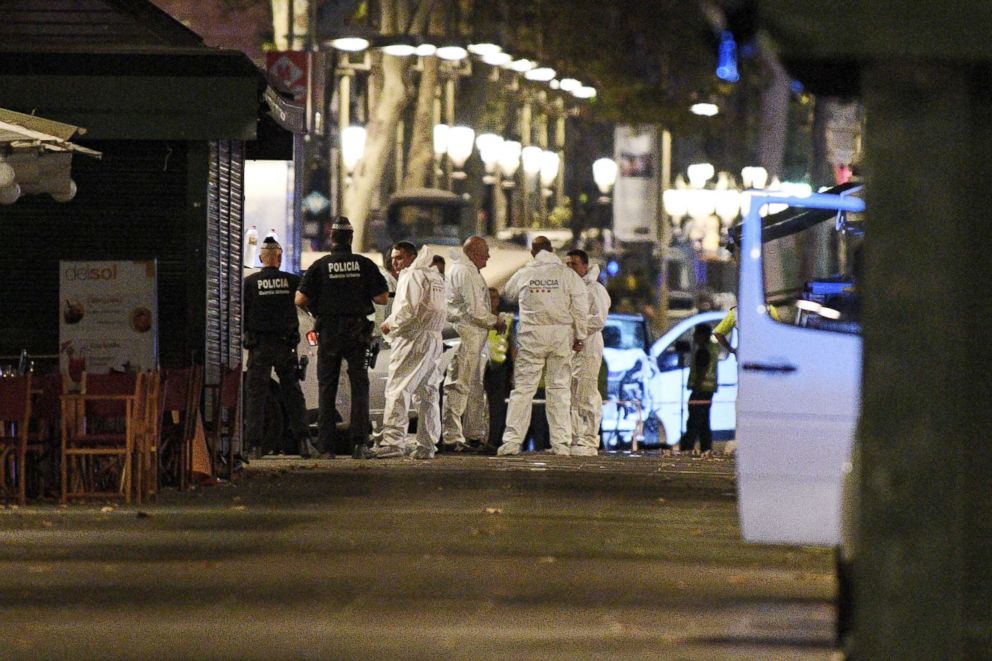
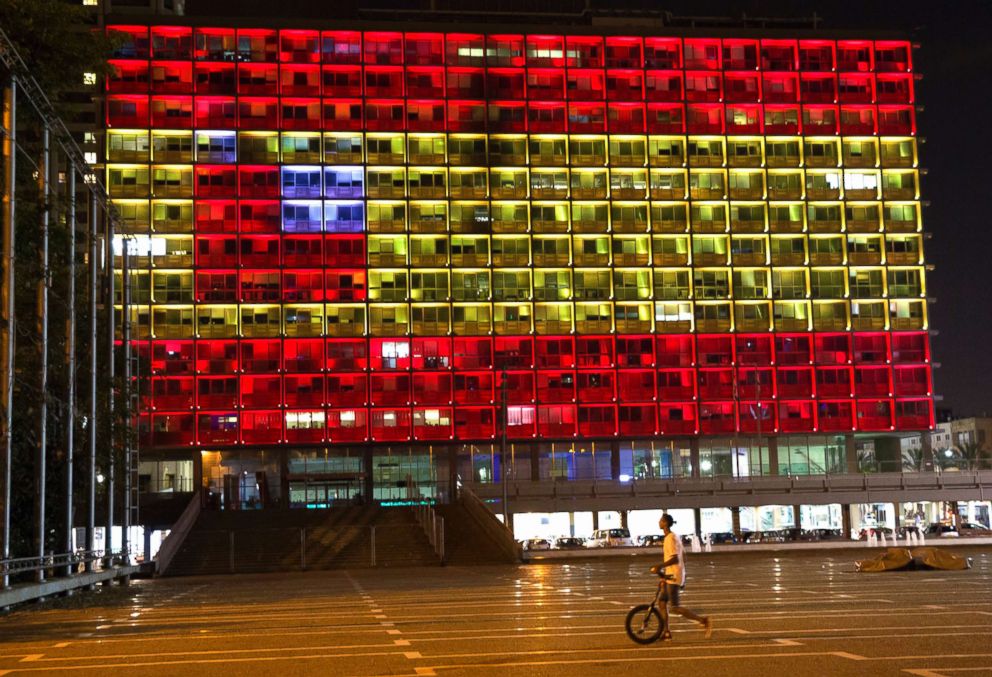
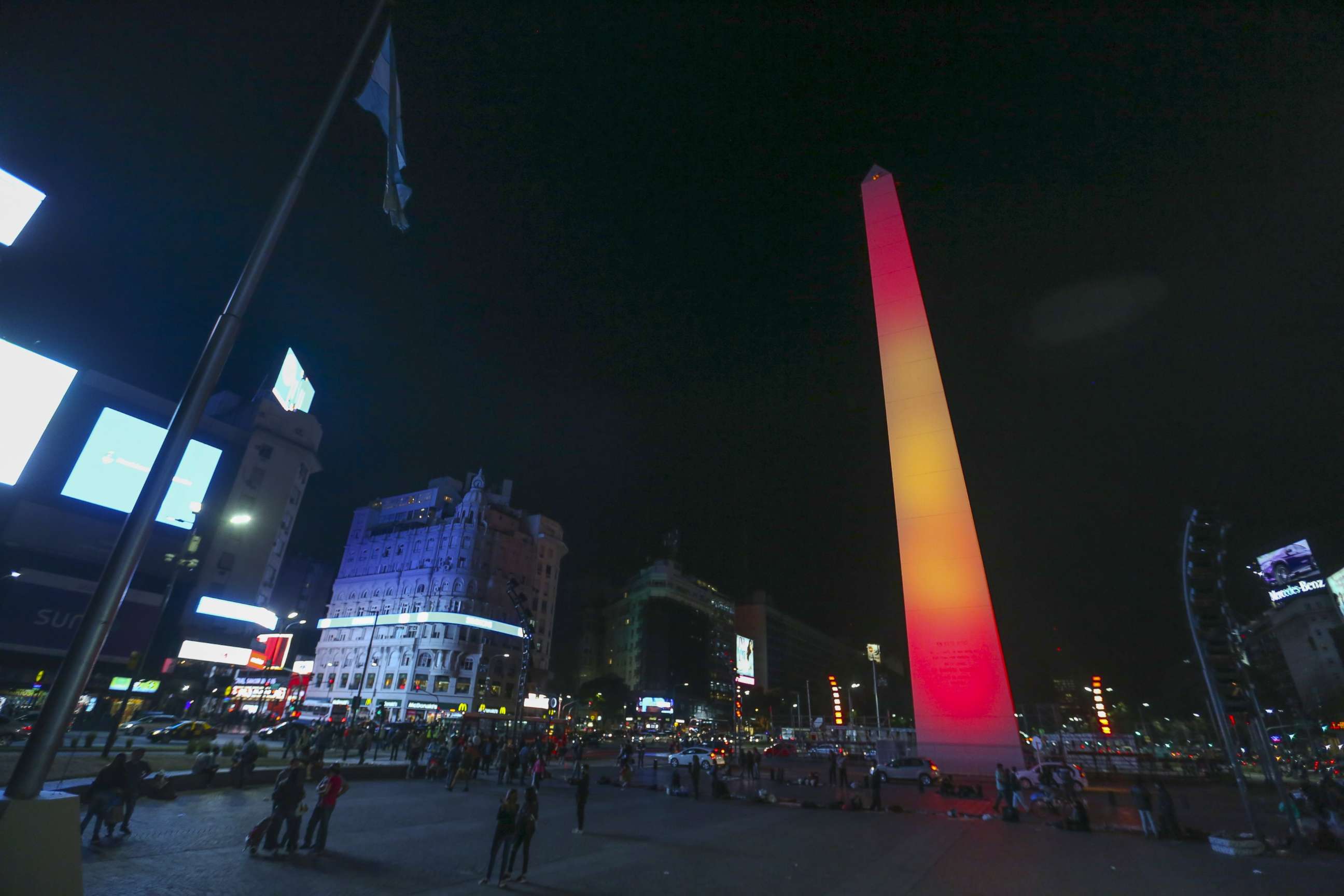
For more than a year, ISIS has urged its followers to carry out such vehicle attacks, even providing specific instructions on choosing the ideal vehicle and the ideal targets, including large outdoor festivals and pedestrian-congested streets.
According to John Cohen, the former principal deputy coordinator for counterterrorism at the Department of Homeland Security an an ABC News contributor, attacks on so-called “soft targets” are difficult to prevent and relatively easy to carry out.
“ISIS promotes these types of attacks because they're easy,” Cohen told ABC News. “You can take people who have received no training, who are using items that are easy to acquire. And they can still commit mass murder.”
Thursday’s attack is the just the latest in a string of deadly incidents throughout Europe in which terrorists have drawn from that playbook, using vehicles to inflict casualties.
In August of last year, 86 people were killed on by a speeding truck driven by an ISIS follower in Nice, France. In December, 12 people killed in a vehicle attack on the Christmas markets in Berlin. And 14 people were killed in two separate incidents in London this year, one on the Westminster Bridge and the other on the London Bridge.
According to the SITE Intelligence Group, ISIS took responsibility for the Barcelona attack, calling those involved “soldiers of the Islamic state” in a statement released by its ‘Amaq News Agency
“Security source for ‘Amaq Agency: The executors of the Barcelona attack were from the soldiers of the Islamic State, and the operation came in response to calls to target coalition states,” the message reads.
U.S.-backed fighters have recently driven ISIS militants from their strongholds in Raqqa and Mosul. As ISIS continues to struggle on the battlefield, Cohen says, the group could increasingly turn to these kinds of attacks.
“We have seen a dramatic increase in attacks by individuals who are inspired by ISIS or are loosely connected to ISIS in Europe and even in the U.S.,” Cohen told ABC News. “As ISIS suffers more defeats in Iraq and Syria we can only expect to see more attacks.”
The events in Barcelona have put American law enforcement officials on high alert for similar attacks, especially in New York, where the challenge of protecting the city’s many popular pedestrian walkways, like Times Square, is particularly daunting.
Nicholas Casale, a retired NYPD detective, former deputy director of counterterrorism for the Metropolitan Transportation Authority and an ABC News contributor, said preventing a similar attack in Times Square would be extremely difficult.
“You can put up concrete barriers, you can have cameras all over the place and officers with heavy weapons, but the bottom line is Times Square, 7th Avenue, is filled with traffic, and if you have just one operator who has a sympathy, who is a lone wolf, who is an independent actor, it’s all but impossible to stop them from crashing into a crowd,” Casale told ABC News.
James Waters, the NYPD’s chief of counterterrorism, said his office is ready to meet the challenge.
“We consider NYC a target all the time,” Waters told ABC News. “We’re always ready and prepared to responds to anything that we face. We know that we’re in the crosshairs of the terrorists all the time.”
ABC News’ Pete Madden, Cho Park, Alex Hosenball, Margaret Katcher, Erin Galloway and Alex Gurvets contributed to this report.







